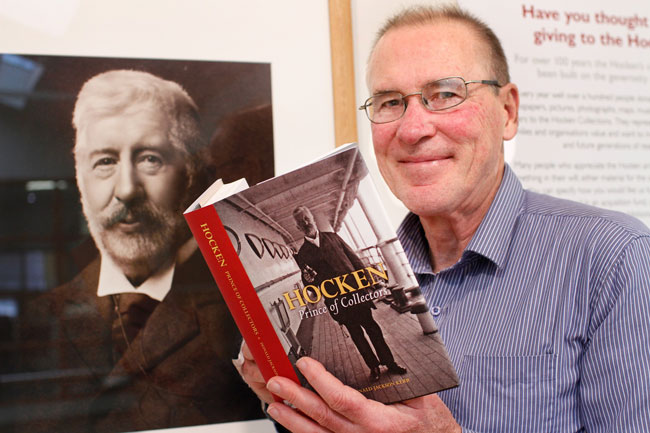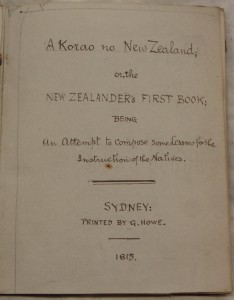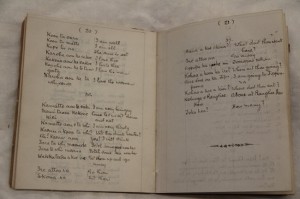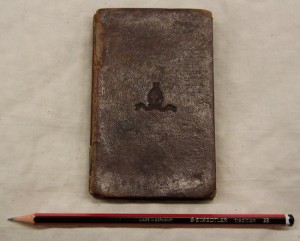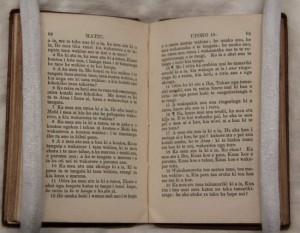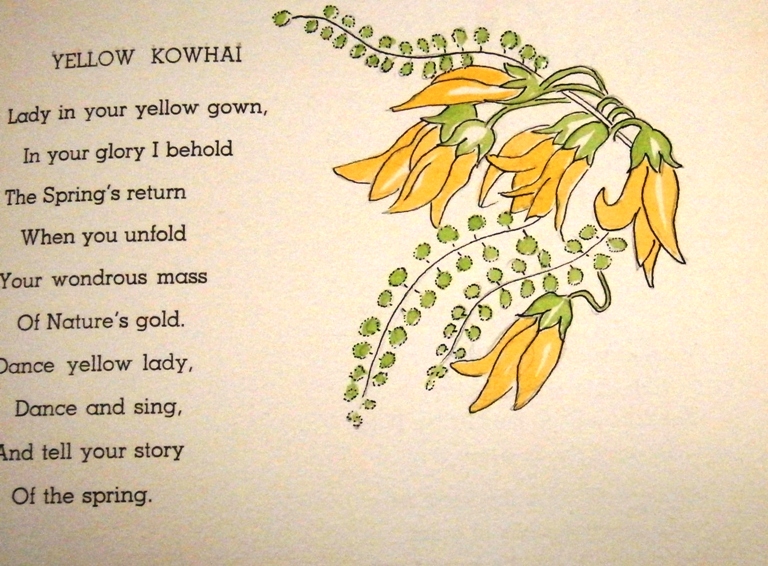While we are all pondering who to vote for in the upcoming local body elections, by-laws from a city’s past can provide an interesting, curious and sometimes amusing glimpse into the way things once were. Common sense underlines many, but one can’t help but wonder if there was a story behind the origin of others.
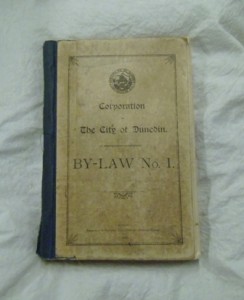
The following are excerpts from the 1912 Corporation of the City of Dunedin By-Law No. 1.
Part IV. General Provisions for the Good Rule and Government of the City
332. No person shall –
(13) Roll any cask, beat any carpet, fly any kite, use any bow and arrows, or catapult or shanghai, or play at football or any game, to the annoyance of any person in any street, footway or public place.
(16) Stamp, stain, paint, write, print, or post, any advertisement or notice upon any footway, kerbstone, or steps within the City.
(17) Expose to view or distribute in any public place any placard, hand-bill, print, or other document whatever of an offensive or indecent character.
(18) Throw or place upon any street, or any crossing, or public place or private footway in the City, any fruit skin, rind, or peel.
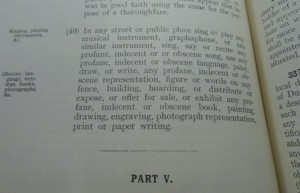
Part VI. In Respect of Butchers’ Shops and Small Goods Houses, and the Transport and Delivery of Meat in the City of Dunedin
381. No person shall smoke or expectorate in any shop within the City used for the sale or exhibition of meat.
Part XV. In Respect of Public Billiard Rooms
685. No unmarried woman not being a widow shall be the keeper of any public billiard room.
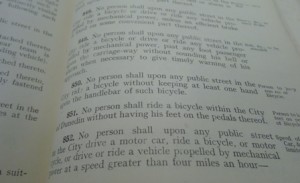
Part XVI. In respect of the Public Library
706. No male person shall sit at any table set apart for ladies.
711. Visitors to the Reading Room are required to leave all parcels or baggage in charge of the officials and no refreshments shall be partaken of in the Library.
715. No person shall bring any animal or bicycle within the Library.
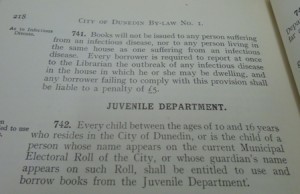
Part XIX. In Respect of Street Traffic
851. No person shall ride a bicycle within the City of Dunedin without having his feet on the pedals thereof.
855. No person shall upon any public street in the City carry a whip in such a manner as to strike a person.

Blog post prepared by Kari Wilson-Allan, Library Assistant


